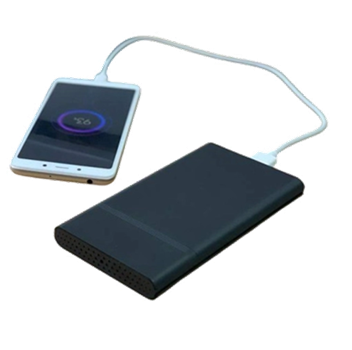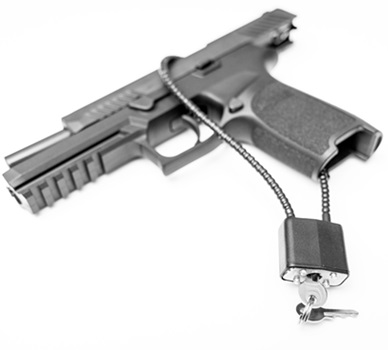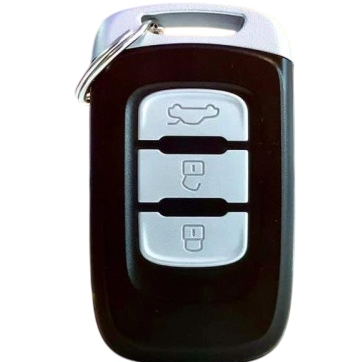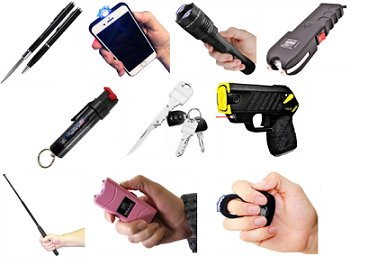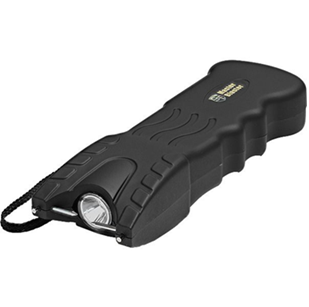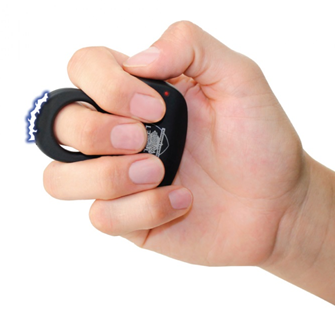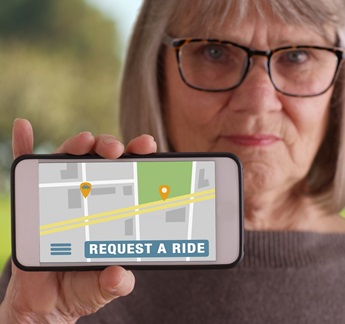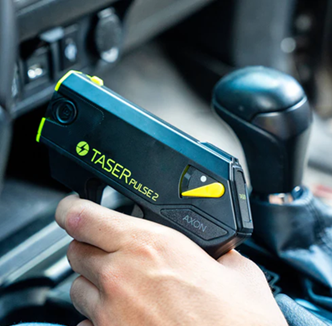The Ultimate Guide to Ride-Sharing Safety: Staying Secure with Uber & Lyft
 Ride-sharing services like Uber and Lyft have transformed transportation, offering a convenient and accessible way to travel at the tap of a button. However, while these services provide a safer alternative to traditional taxis or public transit in many situations, they also come with risks. Taking proactive steps to ensure your safety can help you enjoy a secure ride every time. This comprehensive guide outlines essential safety precautions before, during, and after your ride.
Ride-sharing services like Uber and Lyft have transformed transportation, offering a convenient and accessible way to travel at the tap of a button. However, while these services provide a safer alternative to traditional taxis or public transit in many situations, they also come with risks. Taking proactive steps to ensure your safety can help you enjoy a secure ride every time. This comprehensive guide outlines essential safety precautions before, during, and after your ride.
1. Before You Request a Ride: Preparation is Key
Safety starts before you even open the ride-sharing app. Careful planning can significantly reduce your risk.
- Plan Your Route: Familiarize yourself with your destination and the expected route beforehand. If the driver deviates significantly, address your concerns immediately.
- Check Surge Pricing: While not a direct safety concern, extreme surge pricing can indicate unusual circumstances. Consider waiting or using an alternative mode of transportation.
- Trust Your Instincts: If you feel uneasy about requesting a ride in a particular area or at a specific time, trust your gut and wait for a safer moment.
- Download and Familiarize Yourself with Safety Features: Uber and Lyft offer emergency buttons, trip-sharing features, and in-app support. Learn how to use these tools before you need them.
- Ensure Your Phone is Charged: A fully charged phone ensures you can contact help if needed. Carry a portable charger as a backup.
2. Verifying Your Ride: Avoid Getting in the Wrong Car
One of the most critical safety steps is verifying that the driver and vehicle match the app’s details.
- Match the Details: Compare the driver’s name, photo, license plate number, and vehicle model with what’s shown in the app. If anything doesn’t match, do not get in.
- Ask the Driver to Confirm Your Name: Instead of saying, "Are you here for [Your Name]?", ask, "Who are you picking up?" This prevents scammers from pretending to be your driver.
- Avoid Sharing Personal Information: Stick to confirming your pickup and drop-off locations without revealing unnecessary details.
- Never Accept Solicited Rides: If someone offers you a ride outside the app, refuse it. Only use the official ride-sharing platform.
3. During the Ride: Staying Alert and Aware
Once inside the vehicle, remain vigilant and aware of your surroundings.
- Sit in the Back Seat: This provides a greater sense of personal space and an easier exit if needed.
- Monitor the Route: Keep an eye on the app’s GPS tracking to ensure your driver is following the expected path. If they make unexplained detours, speak up.
- Share Your Trip Details: Use the app’s trip-sharing feature to let a trusted contact track your journey in real time.
- Avoid Oversharing: Keep conversation light and avoid discussing personal details, such as your home address or travel plans.
- Be Ready to Exit if Necessary: If you feel uncomfortable at any point, ask the driver to stop in a safe, public location and exit the vehicle.
4. Exiting the Vehicle: Safe Arrival Matters
Your safety doesn’t end when you reach your destination.
- Check Your Surroundings: Before stepping out, ensure you’re in a safe area and not exiting into traffic.
- Choose a Safe Drop-Off Location: Request to be dropped off in a well-lit, populated area, especially at night.
- Confirm the Trip Has Ended: Ensure the driver has completed the ride in the app to prevent unexpected charges.
- Rate and Review Your Driver: Providing honest feedback helps ride-sharing companies maintain safety standards and identify problematic drivers.
5. Addressing Potential Issues: What to Do if Something Goes Wrong
Despite taking precautions, unexpected situations can arise. Knowing how to respond is crucial.
- Report Suspicious Behavior: If your driver is intoxicated, aggressive, or making inappropriate comments, report them immediately.
- Use the Emergency Button: In the event of an emergency, use the app’s built-in emergency button to contact local authorities and share your location.
- Document Everything: If an incident occurs, take note of the driver’s name, vehicle details, time of the incident, and any other relevant information.
- Contact Ride-Sharing Support: For non-emergency issues, such as fare disputes or lost items, contact the ride-sharing company through the app.
- Notify Law Enforcement: In cases of serious incidents like assault, harassment, or reckless driving, contact the police.
6. Special Safety Considerations
Certain situations require extra precautions:
- Traveling Alone: Share your trip details and be extra vigilant.
- Traveling While Intoxicated: If you’ve been drinking, ensure you can verify your ride correctly. Consider having a sober friend arrange your ride.
- Using Ride-Sharing Services for Children: Most ride-sharing services have policies against unaccompanied minors. Always check guidelines before booking a ride for a child.
7. The Role of Ride-Sharing Companies in Safety
Ride-sharing companies must implement robust safety measures to protect passengers.
- Comprehensive Background Checks: Ensuring all drivers have a clean driving record and no criminal history.
- In-App Safety Features: Emergency buttons, trip sharing, and real-time GPS tracking enhance passenger security.
- Driver Training: Educating drivers on safety protocols and customer interactions.
- Responsive Customer Support: Addressing complaints and safety concerns promptly.
- Continuous Improvement: Regularly updating safety measures based on user feedback and data.
8. Staying Informed and Engaged
Ride-sharing safety is an ongoing responsibility.
- Stay Updated: Keep track of new safety features and best practices.
- Share Your Experiences: Report both positive and negative experiences to improve service quality.
- Advocate for Stronger Safety Policies: Support initiatives that enhance ride-sharing safety regulations.
By following these guidelines and staying informed, you can minimize risks and maximize the convenience of ride-sharing services. Your safety is ultimately in your hands—stay alert, be proactive, and trust your instincts. Ride smart, ride safe!
Company Info
Customer Service
Product Information
- TASER® and Stun Devices Regulations by State
- TASER® Safe Escape Product Replacement Guarantee
- TASER® Comparison Chart
- TASER® User Manuals
- TASER® Warranty Info
- Byrna Product Catalog
- PepperBall Manuals & Spec Sheets
- Pepper Spray Laws
- Air Gun Laws
- States that Restrict Automatic and Butterfly Knives
- Our Print Catalog




























